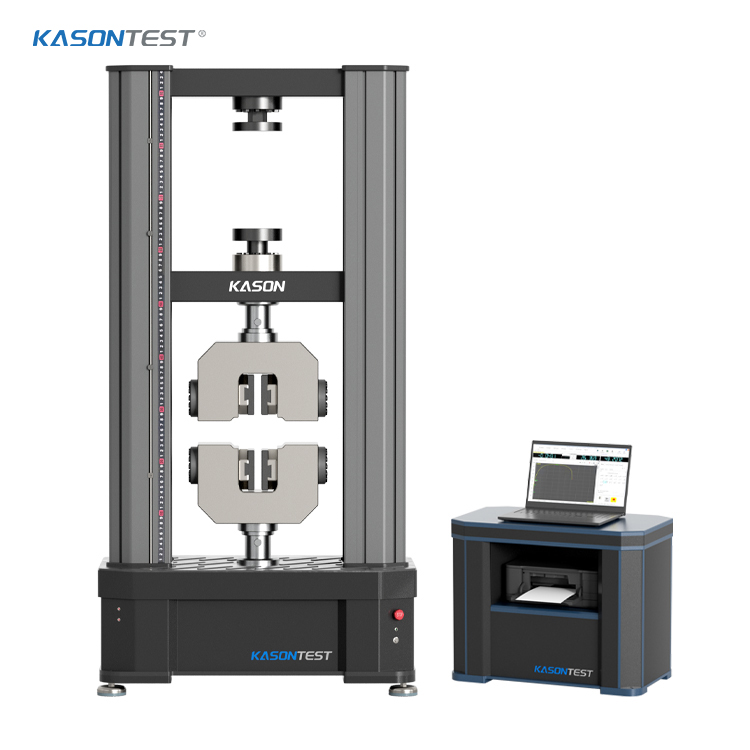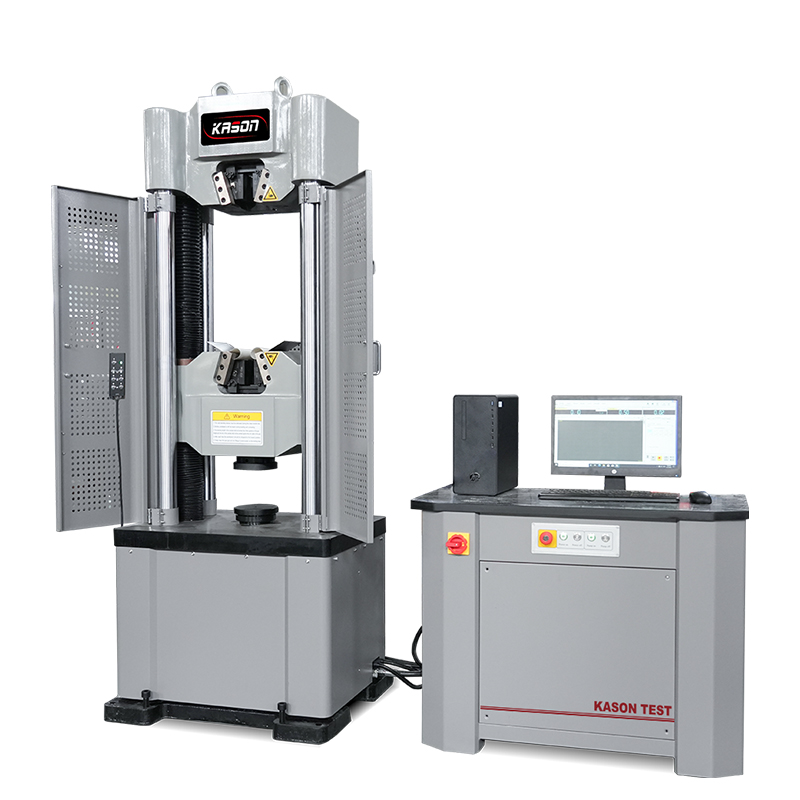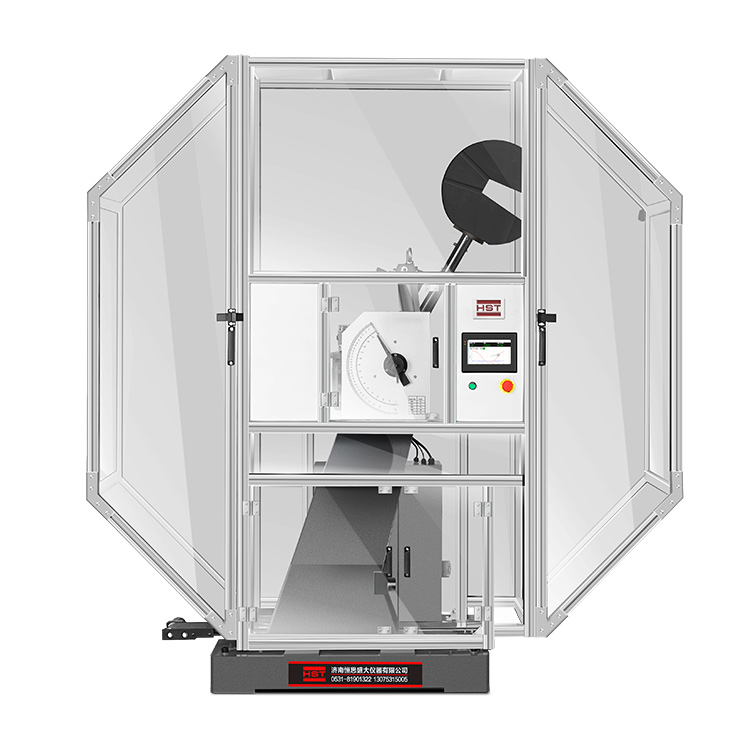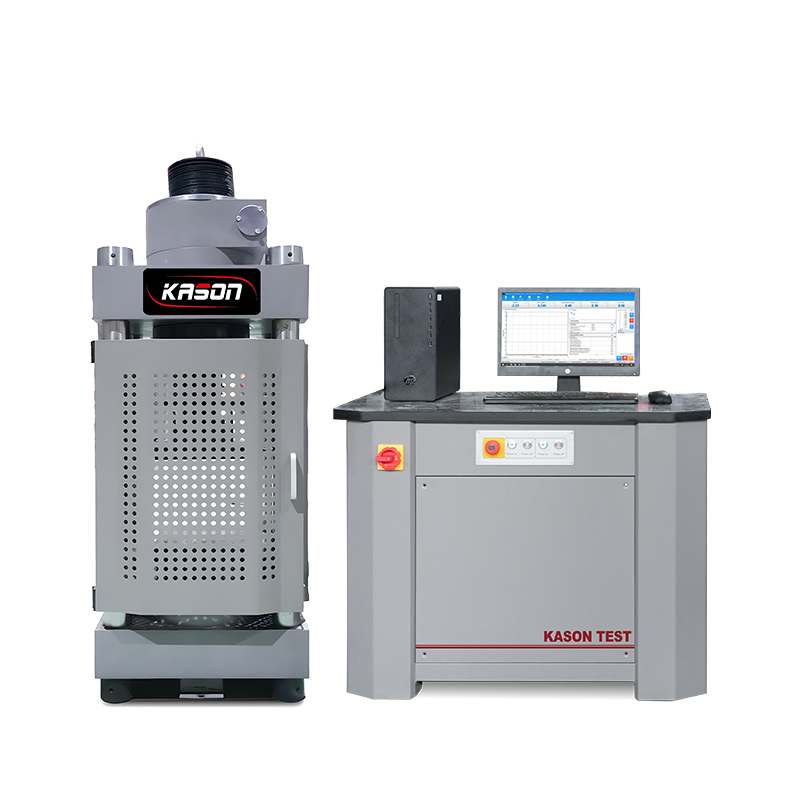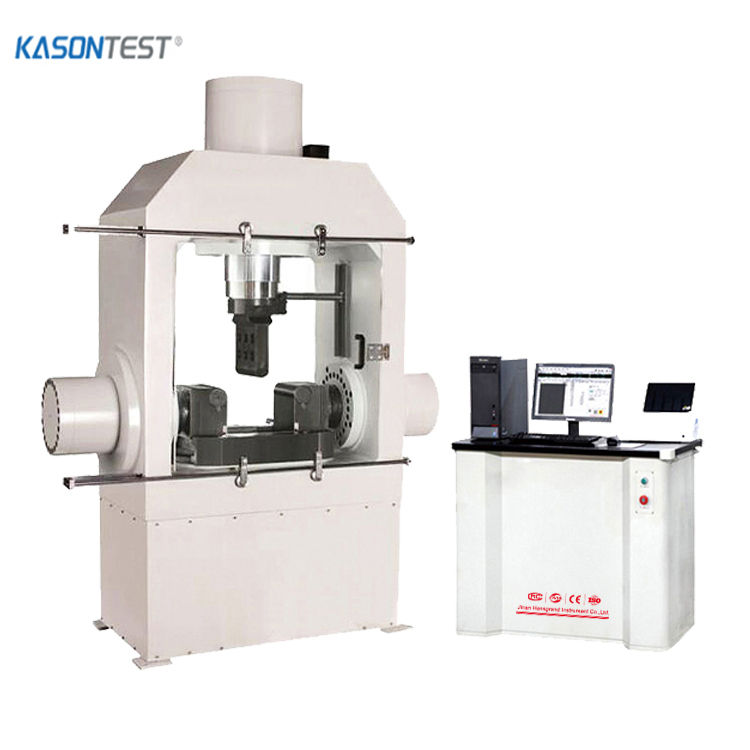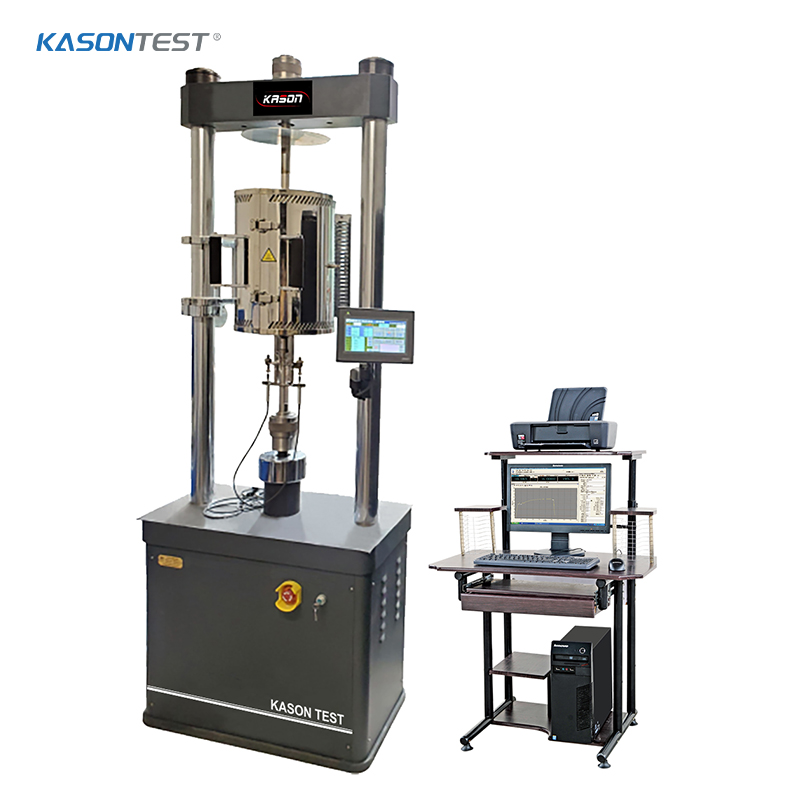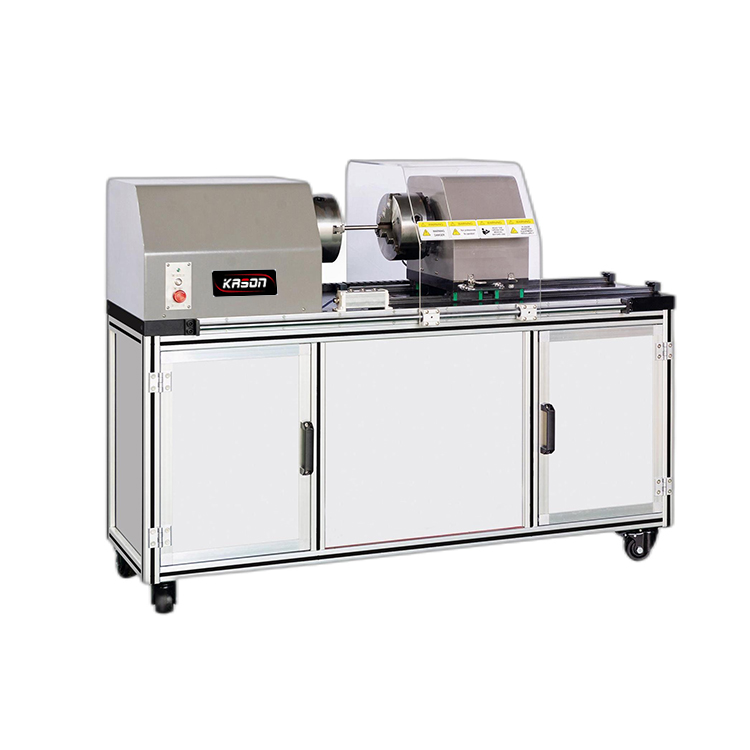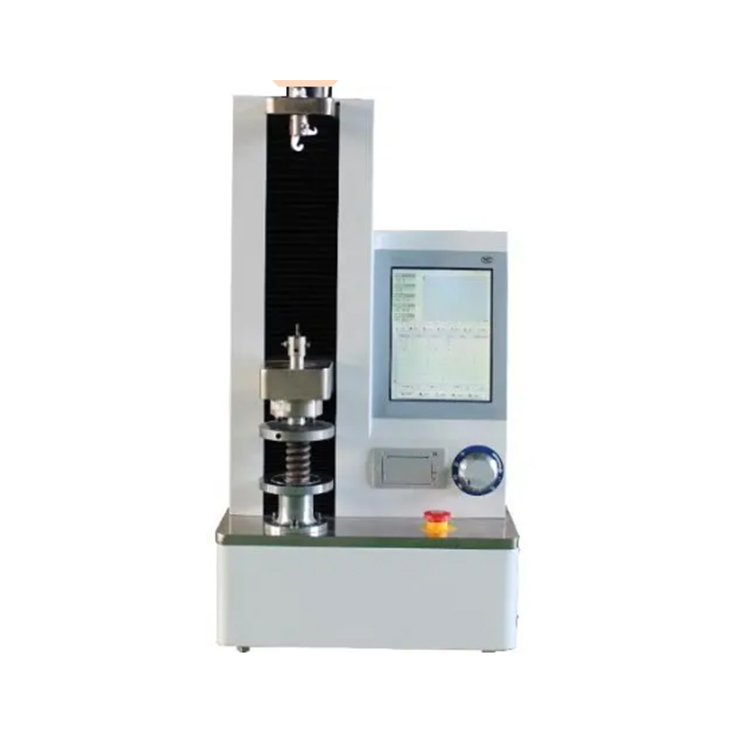Adhesives
The adhesives industry specializes in the development, manufacturing, and distribution of substances that bond materials together through surface attachment, offering versatile alternatives to mechanical fasteners like screws, nails, or welds. These bonding solutions provide unique advantages including weight reduction, stress distribution, and the ability to join dissimilar materials, making them indispensable across countless manufacturing and construction applications.Adhesives are categorized based on chemical composition and performance characteristics. Polymer-based adhesives dominate the market, including acrylics, epoxies, polyurethanes, and rubber-based formulations. Each type offers specific properties: epoxies provide high strength and chemical resistance, polyurethanes offer flexibility and durability, while acrylics excel in fast curing and temperature resistance. Natural adhesives derived from plant or animal sources remain relevant for specialized applications like packaging and woodworking, though synthetic varieties now constitute over 80% of global production.
The industry serves a diverse range of sectors with tailored bonding solutions. In automotive manufacturing, adhesives enhance structural integrity while reducing vehicle weight, improving fuel efficiency and crash performance. The aerospace industry relies on high-performance adhesives that withstand extreme temperatures and pressure fluctuations. Construction applications include bonding building materials, flooring installations, and insulation attachment, where adhesives provide weather resistance and long-term durability.
Packaging represents a major segment, using adhesives for carton sealing, labeling, and flexible packaging laminations. Electronics manufacturing depends on precision adhesives for component assembly, thermal management, and moisture protection. Medical device production utilizes biocompatible adhesives for surgical tools, wearable devices, and disposable products requiring sterile, skin-safe bonding.
Global adhesives market revenue exceeds $70 billion annually, with steady growth driven by urbanization, lightweighting trends in transportation, and advancements in packaging technologies. Asia-Pacific leads production and consumption, with China as the largest market due to its extensive manufacturing sector. Europe and North America focus on high-value specialty adhesives for advanced industrial applications, emphasizing performance and sustainability.
Technological innovations are transforming adhesive formulations and application methods. UV-curable adhesives enable rapid, energy-efficient bonding, while hot-melt adhesives offer solvent-free application for packaging and nonwovens. Smart adhesives with reversible bonding properties or responsive characteristics to temperature or moisture are emerging for reusable products and advanced manufacturing.
Sustainability has become a key focus, driving development of bio-based adhesives from renewable resources like starch, soy, or cellulose. The industry is reducing volatile organic compound (VOC) emissions through water-based formulations and implementing circular economy practices by developing recyclable adhesive systems. Manufacturers are also optimizing production processes to minimize energy consumption and waste generation.
Despite challenges from raw material price volatility and regulatory pressures on chemical formulations, the adhesives industry continues to innovate, providing essential bonding solutions that enable lighter, stronger, and more sustainable products across global manufacturing sectors.

